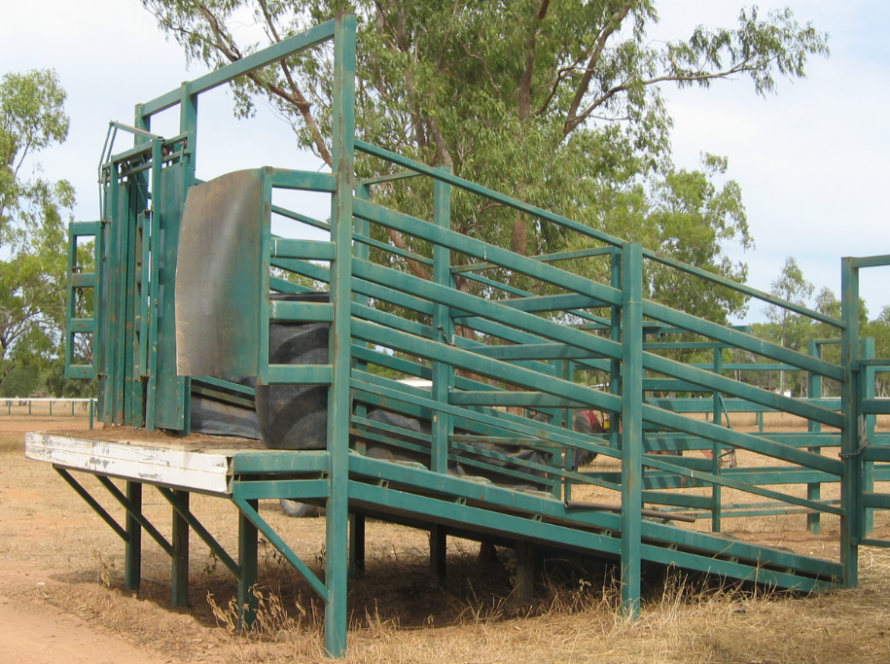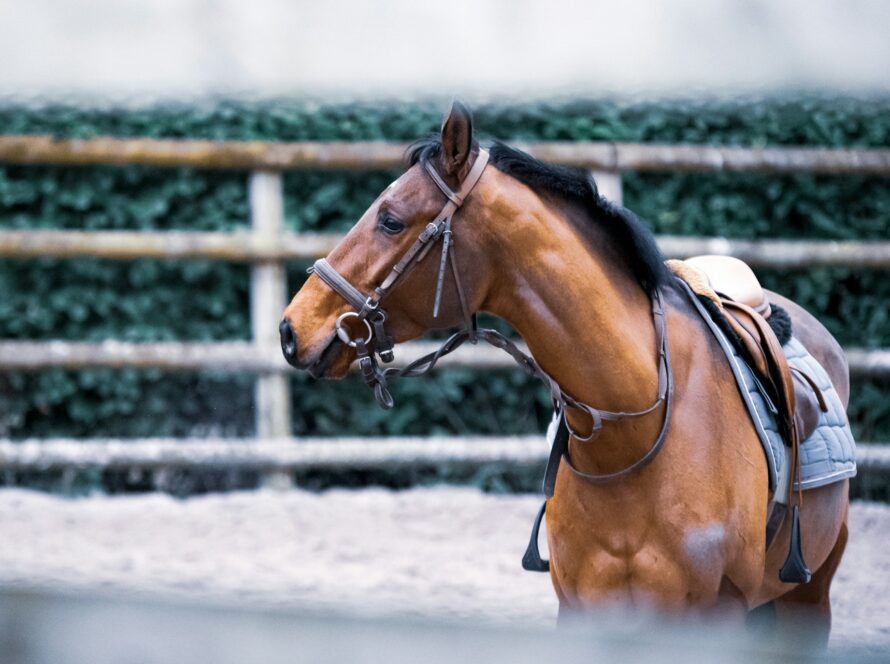Introduction:
Over the years, livestock management has evolved with advancements in tools, equipment, and technologies designed to enhance both the efficiency and safety of the operation. One of the most crucial components in modern farming and ranching is livestock panels. These essential structures are used to contain, protect, and manage livestock such as cattle, horses, sheep, and goats.
Historically, livestock panels were simple, often made from wood or basic metal, and lacked the durability and flexibility needed for large-scale operations. However, with the increasing demand for more robust and efficient farming solutions, livestock panels have seen significant advancements in their design, materials, and functionality.
Today, livestock panels are stronger, longer-lasting, and more versatile than ever before. Innovations in materials such as galvanized steel, as well as new designs that improve ease of use and adaptability, have changed the way ranchers and farmers approach livestock management. Whether you’re building a new enclosure, upgrading an existing system, or planning a major expansion, understanding the evolution of livestock panels will help you make informed decisions for your operation.
In this blog, we’ll take a look at the evolution of livestock panels, exploring the innovations that have made them more durable, efficient, and effective for modern farming practices.
1. The Early Days of Livestock Panels: Simplicity and Function
In the early days of livestock management, farmers often relied on makeshift barriers made from wood, stone, or basic wire fencing. These early designs were primarily functional, designed to keep animals contained and prevent escapes. However, they came with a variety of limitations.
Wooden panels were prone to rot and decay, especially when exposed to the elements, requiring frequent repairs or replacements. They could also be easily damaged by the force of livestock, leading to costly repairs and more maintenance. Additionally, wooden panels could be difficult to handle and transport, making them impractical for large-scale operations or for farmers who needed to move panels frequently.
Wire fences were often used as an alternative, but these could be easily bent or broken by aggressive animals. Over time, it became evident that a more durable, versatile solution was needed to ensure long-lasting effectiveness in livestock management.
2. The Rise of Metal Livestock Panels: Durability Meets Functionality
As agricultural practices evolved and the scale of operations increased, so too did the need for stronger and more durable materials. The introduction of metal livestock panels marked a turning point in livestock management. Early metal panels were typically made from basic iron or steel, which were much more durable than wood or wire.
Galvanized steel, in particular, became a popular material for livestock panels due to its resistance to corrosion. This made metal panels significantly longer-lasting, even when exposed to the elements. The increased strength of steel also made metal panels more resilient to the force of livestock, reducing the likelihood of damage and the need for constant repairs.
These early metal panels were typically welded together and featured simple, vertical bars with a top and bottom rail. They were relatively straightforward in design, but their durability marked a major improvement over previous materials. As a result, metal livestock panels quickly became the standard in both small and large-scale operations.
3. Innovations in Material Technology: The Introduction of Galvanized and Powder-Coated Steel
One of the most significant innovations in livestock panel design came with the development of galvanized and powder-coated steel panels. Galvanization is a process in which steel is coated with a layer of zinc to protect it from corrosion and rust. This process significantly extended the lifespan of livestock panels, even in harsh weather conditions.
In addition to galvanization, powder-coating technology was introduced to improve the aesthetic appeal and durability of livestock panels. Powder coating creates a strong, protective layer over the steel, offering resistance to scratching, fading, and environmental damage. This coating not only enhances the lifespan of the panels but also helps maintain their appearance over time, making them ideal for both functional and aesthetic purposes.
The combination of galvanized and powder-coated steel in livestock panels provides ranchers with a product that is both durable and low-maintenance, allowing for longer-lasting installations without the need for frequent replacements or repairs.
4. Modular and Flexible Designs: Customization for Every Operation
Another major innovation in the evolution of livestock panels is the rise of modular and customizable designs. Early livestock panels were often fixed and could not easily be adjusted or reconfigured to suit the changing needs of an operation. This posed a challenge for ranchers who needed a flexible solution that could adapt to different environments and purposes.
Today, modular livestock panels are a common feature on many farms and ranches. These panels are designed to be connected together in various configurations, allowing ranchers to easily expand, modify, or reconfigure their enclosures as needed. This flexibility makes modular panels ideal for operations that need to adapt to changing livestock numbers, seasonal changes, or specific management needs.
Additionally, some panels are designed with features such as swing gates, latches, or adjustable heights, allowing for even greater versatility. Modular livestock panels are not only more adaptable but are also easier to transport and set up, making them an ideal choice for farms of all sizes.
5. The Introduction of Specialty Panels: Addressing Specific Livestock Needs
As farming and ranching practices have evolved, so too have the specific needs of different types of livestock. In response to these needs, specialty livestock panels have been developed to cater to various species, from cattle and horses to sheep, goats, and even exotic animals.
For example, panels designed for cattle are often taller and stronger to handle the size and strength of the animals. These panels may also feature reinforced corners or additional crossbars to prevent bending or sagging under pressure. On the other hand, panels designed for smaller animals such as goats may have narrower spacing between the bars to prevent escape, while also being lighter and easier to handle.
Similarly, certain types of livestock panels are designed for specific functions, such as sorting, loading, or holding pens. These panels may have integrated features like swing gates, adjustable panels, or easy access points to facilitate efficient movement and sorting of livestock.
6. Technological Advances: Smart Panels and Automation
The latest evolution in livestock panels incorporates technology to improve both functionality and monitoring. Some modern livestock panels are equipped with sensors or embedded systems that allow ranchers to monitor the health and location of their animals in real-time. For example, RFID tags can be integrated into panels to track livestock movement or detect breaches in containment.
Additionally, automated systems are beginning to play a role in livestock management. Automated gates, powered by solar panels or connected to IoT (Internet of Things) networks, are being used to control the movement of cattle without human intervention. These innovations are transforming the way livestock is managed, making it more efficient and data-driven.
Conclusion
The evolution of livestock panels has been driven by a need for greater durability, flexibility, and efficiency in livestock management. From simple wooden structures to advanced, modular, and technologically enhanced designs, the innovations in livestock panels have significantly improved the safety, productivity, and ease of livestock operations.
Today, ranchers and farmers have access to a range of livestock panels that cater to the specific needs of different animals and farm layouts. Whether you’re managing cattle, horses, or smaller livestock, modern livestock panels offer durability, versatility, and ease of use that was once unimaginable.
As farming and ranching continue to evolve, it’s clear that the innovations in livestock panel design will continue to play a crucial role in ensuring efficient, safe, and sustainable operations.
FAQs
1. What are the most common materials used in livestock panels today?
The most common materials are galvanized steel and powder-coated steel, which offer excellent durability, resistance to rust, and long-lasting performance.
2. Can livestock panels be customized for different types of animals?
Yes, there are specialized panels designed for specific types of livestock, including cattle, horses, goats, and sheep. These panels are tailored to meet the size and behavioral characteristics of the animals.
3. How do modular panels improve farm efficiency?
Modular panels allow ranchers to easily adjust the size and layout of their enclosures, making it easier to adapt to changes in livestock numbers or specific operational needs.
4. Are modern livestock panels easy to maintain?
Yes, modern livestock panels, especially those made of galvanized and powder-coated steel, require minimal maintenance. Regular inspections and cleaning are generally sufficient to keep them in good condition.
5. What is the role of technology in livestock panel design?
Technology, such as RFID tracking, sensors, and automated systems, is helping ranchers monitor and manage livestock more efficiently. Smart panels are increasingly being used for better monitoring and control of livestock movement and health.



